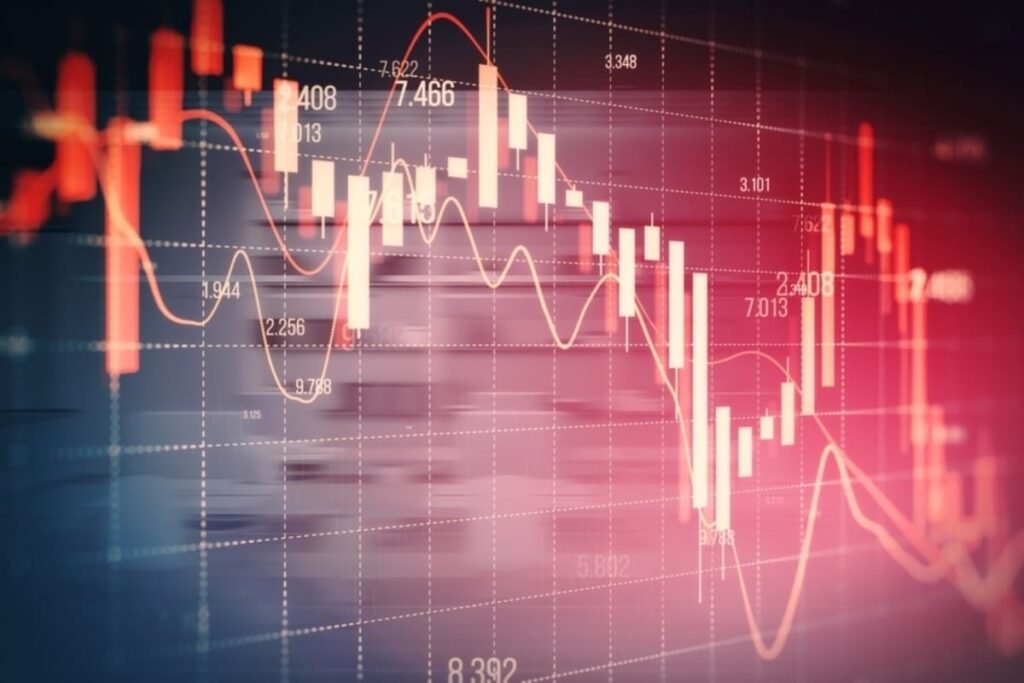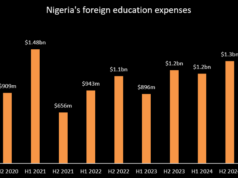Investors are bracing for potential volatility as the 2025 holiday season unfolds, driven by growing doubts over imminent Federal Reserve rate cuts and surging concerns around the valuation of artificial intelligence (AI) stocks. After a heady run earlier in the year, markets are beginning to wobble, with both the S&P 500 and Nasdaq now well off their late-October highs, as reported by Reuters.
Sentiment has shifted sharply, deflating the exuberance that fuelled the rally since April. Many market watchers now caution that the year-end may be bumpier than hoped — especially if the much-anticipated Fed easing fails to materialise.

Table of Contents
Volatility surges, risk appetite fades
This past week saw dramatic swings on Wall Street, rekindling memories of April’s turmoil. The Cboe Volatility Index — widely known as the VIX or “fear gauge” — remains elevated, signalling deep unease among traders.
The VIX futures curve, which reflects how traders expect volatility to behave in coming months, has flattened out unusually. According to analysts, such flattening suggests that markets are bracing for a prolonged period of choppier trading.
Part of the jitters is simply a correction that many believe was overdue. After surging 38% from April through late October, the S&P 500 recorded a 5% drop — its first such pullback in 149 days. Meanwhile, the index’s forward-looking price-to-earnings (P/E) ratio has dipped to around 21.8, down from earlier highs but still well above its 10-year average of roughly 18.8, according to Investing.com.
Keith Lerner, chief investment officer at Truist Advisory Services, told Reuters that markets are “resetting those high expectations,” as doubts and uncertainty creep in.
At the same time, retail investors who once bought into every dip appear to be showing signs of fatigue. According to JPMorgan analysts, although they’re not leading the sell-off, they’re also not showing strong enthusiasm to “buy-the-dip” the way they did earlier.

Fed rate cut doubts cloud the outlook
A major source of tension is whether the US central bank will actually cut interest rates at its meeting scheduled for December 9–10. Just weeks ago, a cut was almost taken for granted — but now, market odds have slipped to barely better than a coin toss.
Part of the problem lies in economic data: a delayed jobs report for September showed both a faster-than-expected pace of payroll growth and a rise in unemployment — a rather contradictory signal.
New York Fed President John Williams stirred fresh hope by suggesting rate cuts could still happen in the “near term,” but others remain cautious. Yung-Yu Ma, chief investment strategist at PNC Financial, warned that without a clearer policy pivot from the Fed, markets may remain stuck in limbo.
Cracks appear in the AI trade — but some see buying opportunities
Perhaps most worrisome to some investors is how AI-linked tech names have reacted. Even after strong earnings from Nvidia — a bellwether for the AI infrastructure space — its share price slipped, underlining a growing wariness.
Other big names like Oracle and Palantir, which rode the AI wave earlier in the year, have also cooled off sharply.
Some seasoned players are using this nervousness as a chance to reposition. Don Nesbitt, a senior portfolio manager at F/m Investments, admitted he’d gotten underweight in the tech space, but now believes parts of it are “starting to look a little bit more attractive.”
Similarly, Jack Ablin, CIO at Cresset Capital, pointed out that many investors are reluctant to sell winners in December because of capital gains tax concerns — so they may dig in rather than exit.
Year-end could still surprise — for better or worse
Despite the darkening tone, not everyone is bearish. Historically, December has been the third-best month for the S&P 500, with an average increase of about 1.28% since 1928.
Even more interesting: when November posts losses — especially after strong rally months — December often delivers outsized gains. Data since World War II, cited by CFRA strategist Sam Stovall, suggests that in such years, returns can be nearly double the norm.
So for contrarian investors, the current turbulence might not be just risk — it could be opportunity. As markets wobble, some see a chance to accumulate selectively, especially in tech names they believe remain undervalued or unfairly punished.

As the year winds down, investors are navigating a precarious mix of fading rate-cut optimism and rising doubts about the AI boom. Volatility is back, and markets may remain turbulent — but for those who pick their spots carefully, there could still be chances to profit.
Join Our Social Media Channels:
WhatsApp: NaijaEyes
Facebook: NaijaEyes
Twitter: NaijaEyes
Instagram: NaijaEyes
TikTok: NaijaEyes





